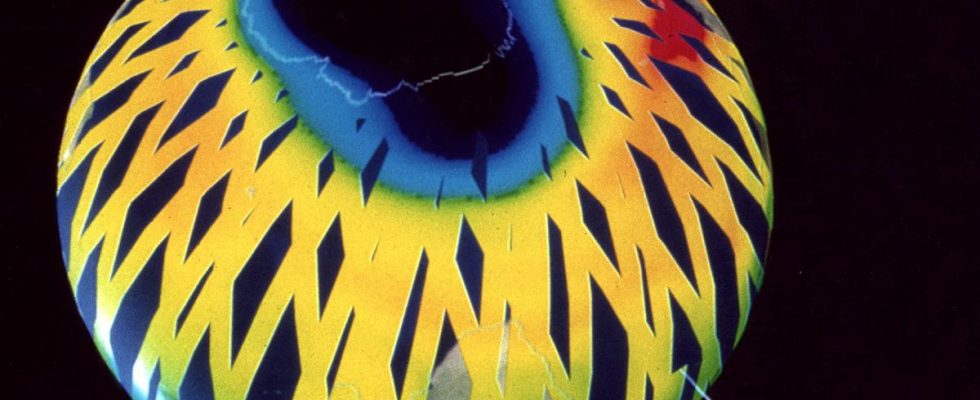The satellite completed its Earth observation mission thirteen years ago.
The European satellite ERS-2, which completed its Earth observation mission 13 years ago, ended its life by entering the atmosphere on Wednesday, the European Space Agency reported enne (ESA).
The fallback operation towards our planet began in 2011, to prevent an accidental destruction of this object in orbit from dispersing debris dangerous for the active satellites and the Station International Space Station (ISS).
Pioneer satellite
“We have confirmation of a re-entry into the atmosphere of ERS-2 at 5:17 p.m. GMT above the North Pacific Ocean between Alaska and Hawaii”, announced the ESA operations center on X (formerly Twitter). Most of the 2.3 tonnes of ERS-2 was theoretically consumed upon reaching the lower layers of the atmosphere at around 80 km altitude. A pioneer satellite in Earth observation, ERS-2 was launched in 1995 and placed at an altitude of nearly 800 km.
At the end of its mission, the ESA had brought it back down to around 500 km, so that it then descended naturally and gradually towards the Earth in just 13 years, by the force of gravity alone. Instead of the 100 to 200 years it would have taken if it had remained at its initial altitude. On the eve of its destruction it was still at an altitude of more than 200 km. On average, an object of mass similar to ERS-2 ends its days in the atmosphere once every one or two weeks, according to the ESA.
Deprived of its internal energy (fuel, batteries, etc.) since the end of its mission, the machine presented a significant risk of exploding and creating debris. In July 2023, the European satellite Aeolus returned to Earth in a controlled manner, from an orbit (300 km) lower than that of ERS-2. Debris had fallen into the Atlantic Ocean. In the case of ERS-2 the probability of one of its debris hitting a person on the ground was less than one in a hundred billion, according to the ESA blog dedicated to the mission .
The ESA launched a charter in 2023 “zero debris” for space missions designed from 2030. Waste from used satellites, rocket parts and collision debris has accumulated since the start of the re spatial. A problem that has grown in recent decades. According to ESA estimates, there are around a million pieces of satellite or rocket debris in orbit larger than a centimeter, large enough to “disable a spacecraft” in case of shock.

